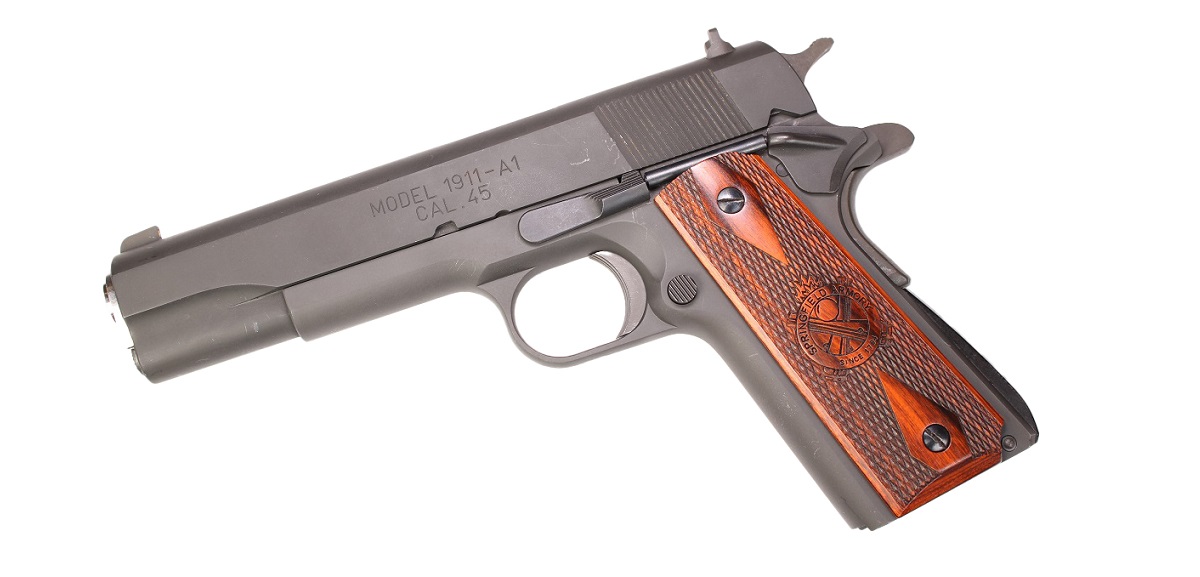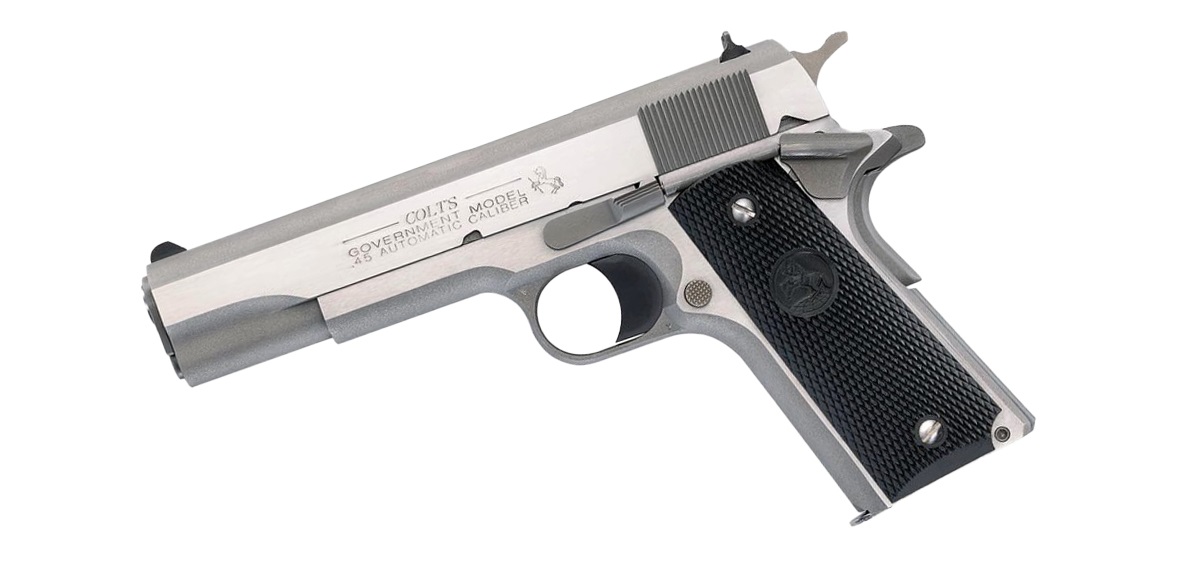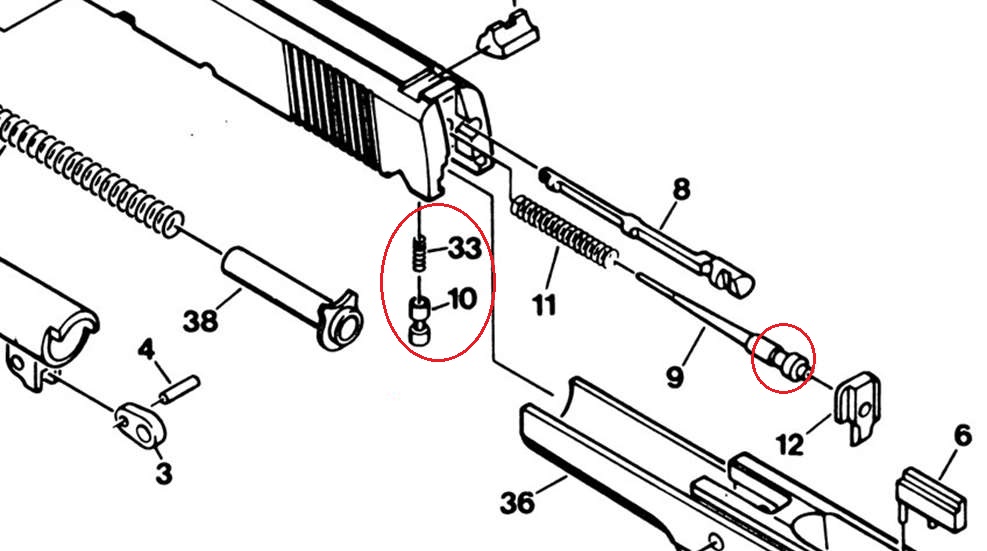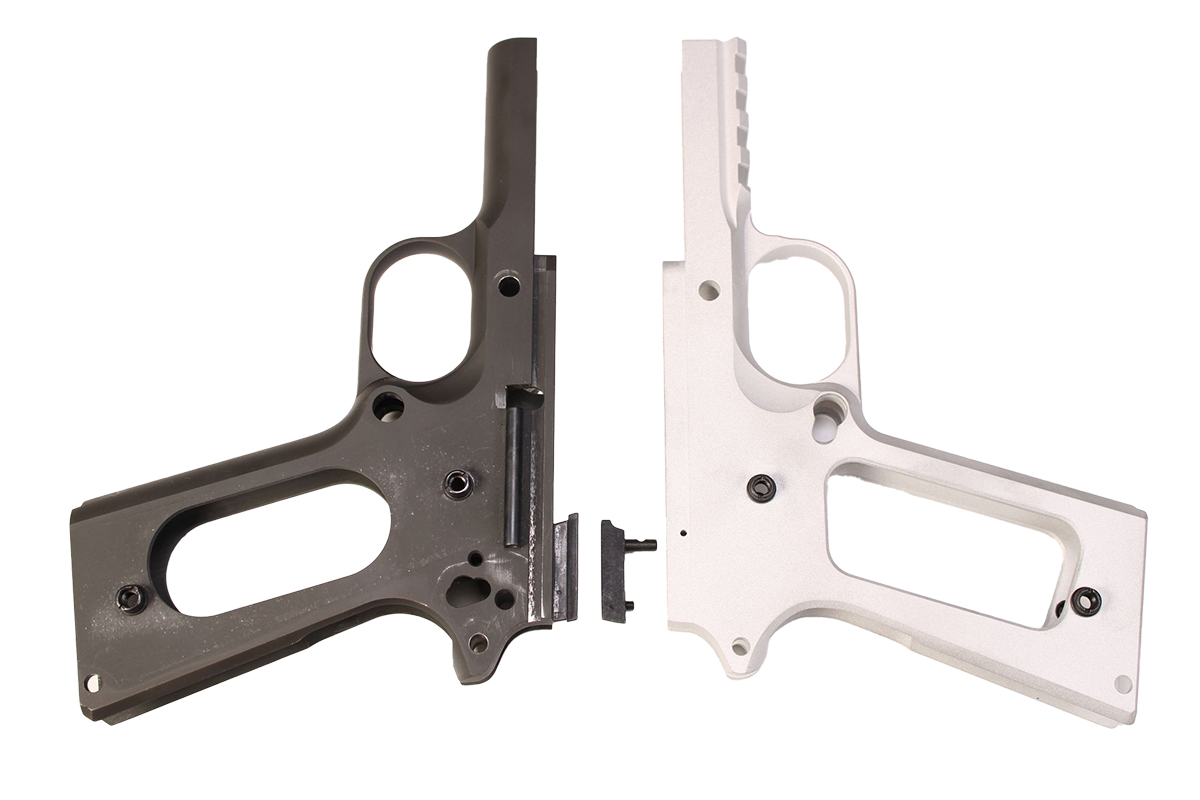Series 70 vs series 80 1911s: What's Different? Which is Better?
Posted by 80-Lower.com on Jun 6th 2024
The 1911 has, since its original design over 100 years ago, remained relatively the same ever since -- but there are some key differences between the gun's original design, called the Series 70, and the updated design, known as Series 80. Let's compare.
What is a Series 70 1911?

The Series 70 1911 -- exampled by this Springfield Armory Model 1911-A1 -- is the original iteration of the 1911 design. It's the model issued to troops during WWI and WWII, with modern recreations, like the 1911-A1, largely replicating the exact design -- albeit with improvements to tolerances and materials.
The Series 80 1911

Series 80 1911s were introduced in 1983, shortly after Colt Manufacturing was sued. The lawsuit against the gun maker was brought by a family alleging a wrongful death occurred when a Colt Single Action Army Revolver accidentally discharged, killing its owner (the victim's name was not made publicly available).
The suit brought scrutiny against firearms produced by the company with aging designs, including the 1911. Although Colt did not lose in Forni V. Colt Industries Operating Corp., the legal pressure compelled the company to update some of its firearm models' safety features.
Series 70 vs. Series 80: What's Different?
Series 70 models weren't considered "drop safe," meaning they could, if chambered, discharge without a trigger pull or hammer cock if they were dropped from a certain height.
Firing Pin Safety

The series 80 firing pin block is shown (#10) with its spring (#33). The updated firing pin (#9) now has a recess to interface with the firing pin block, preventing the pin from driving forward.
The most notable improvement made to the 1911's design with the updated Series 80 is the inclusion of a firing pin safety: A physical, spring-loaded block inside the slide that prevents the firing pin from ever contacting the primer of a chambered round when the trigger isn't depressed. This update made the newer version of the 1911 drop-safe.
Redesigned Hammer Half-Cock

One other notable update to the Series 80's safety features is a redesigned and strengthen hammer half-cock mechanism. The hooked portion of the series 70 hammer was allegedly prone to breaking, which could allow a half-cocked hammer to fall on the firing pin.
The series 80 hammer now features a flat shelf that reduces stress on this section of the hammer when half-cocked, greatly reducing the chances of a failure that could result in an accidental discharge.
What Else is Different?
In addition to these safety updates, there are some key mechanical differences between the Series 70 and Series 80 1911s that generally prohibit interchangeability of certain components. Those differences include:
- Series 80 frames ditch the Series 70 arched mainspring, in favor of a flat mainspring.
- Some Series 70 guns have a "collet" barrel bushing. Series 80 models have a barrel bushing.
- Series 80 slides have a hole to the right of the firing pin channel to accept the firing pin safety.
- Series 80 frames have a cut-out and pin hole to hold the firing pin safety levers, which actuate via the trigger.
Can I Install a Series 80 Slide on a Series 70 frame?
Yes. The dimensions and slide rails on Series 80 slides are identical to that of Series 70 slides.
But some modifications are required before installation: You'll need to remove the Series 80 firing pin safety block and safety spring. Otherwise, the firing pin will not function because the Series 70 frame lacks the lever required to disengage the firing pin safety when the trigger is pulled. The Series 80 firing pin does not need to be swapped for a Series 70 pin.
It's important to remember that performing this slide swap eliminates the firing pin safety altogether, which may allow the gun to discharge if it is chambered and dropped.
Can I install a Series 70 Slide on a Series 80 frame?
Yes. But the firing pin safety levers found in the Series 80 frame must first be removed, and a spacer installed to retain functionality of the trigger and hammer, before the Series 70 slide can be installed.
If the Series 80 firing pin lever is left inside the frame, the trigger will bind up when it is pulled. This is because the firing pin lever will run into the solid portion of the Series 70 slide, where the Series 80 firing pin safety normally rests.
Again, interchanging these parts eliminates the firing pin safety, increasing the risk of an accidental discharge if the 1911 is dropped while chambered.
Which Gun Performs Better?
Some shooters claim the Series 70 1911 performs better. This is because there are fewer moving parts (and less inertia) imparting potential accuracy issues during the trigger pull. Although the trigger on Series 70 guns is mechanically simpler and lighter, modern Series 80 pistols perform just fine, and trigger upgrades can be installed with relative ease.
Which Series Are 80% 1911 Frames & Slides?

All 80% 1911 frames are based on the Series 70 design. This makes fabrication and assembly easier, as no machining is required to fit any firing pin safety levers in the frame.
But 80% frames and build kits still include some modern upgrades, including the use of a barrel bushing for their slides, and a strengthened hammer hook for reliable half-cocking.
DISCLAIMER: If you are new to the world of DIY gun building, you likely have a lot of questions and rightfully so. It’s an area that has a lot of questions that, without the correct answers, could have some serious implications. At 80-lower.com, we are by no means providing this content on our website to serve as legal advice or legal counsel. We encourage each and every builder to perform their own research around their respective State laws as well as educating themselves on the Federal laws. When performing your own research, please be sure that you are getting your information from a reliable source.

